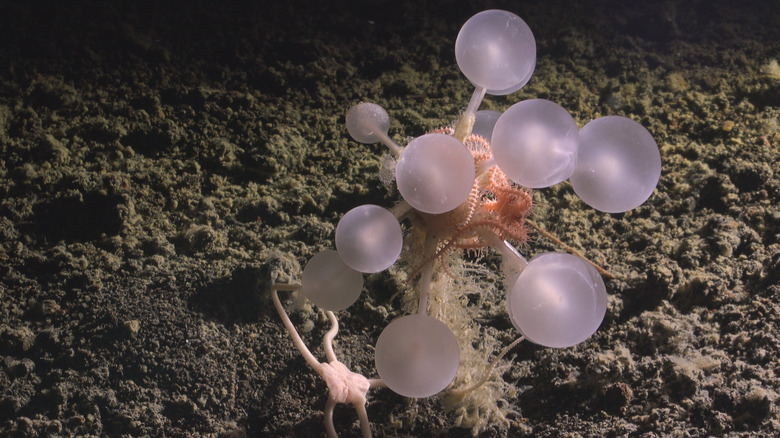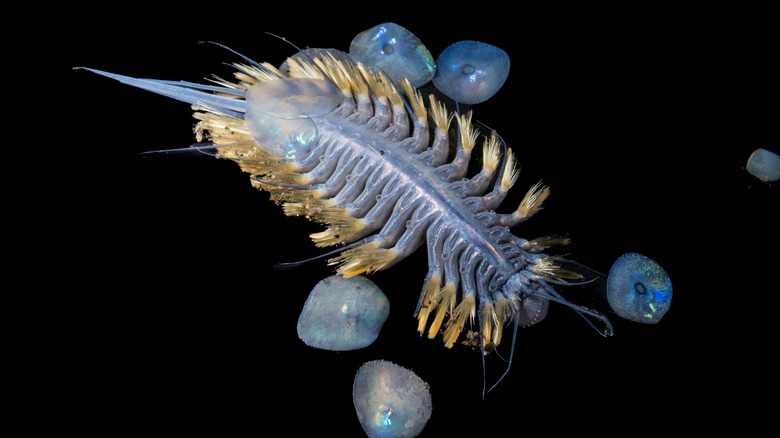Scientists Have Discovered Dozens Of New Species At The Bottom Of The Ocean
A carnivorous death ball sponge preying on victims in the dark recesses of the ocean floor may sound like something from a sci-fi horror movie, but that was exactly what was found in a pioneering expedition to the Southern Ocean. The death ball sponge was among 30 species discovered that have broadened our understanding of life and ecosystems beneath the waves.
These 2025 discoveries were headed by The Nippon Foundation–Nekton Ocean Census, the Schmidt Ocean Institute, the Southern Ocean Species Discovery Workshop, and the Universidad de Magallanes in Chile. It was part of a collaborative effort to find undiscovered species around the South Sandwich Islands and the surrounding area. These islands are on the frontier between the Southern Ocean and the Atlantic Ocean, southeast of Argentina.
This section of our oceans has lacked in-depth exploration and samples, which this expedition sought to change. By working as part of a collaborative, international group, more rapid and comprehensive research could be accomplished. Aside from the interesting death ball sponge, other species discovered included zombie worms, iridescent scale worms, black corals, and more. Since more than 99% of the deep sea is still a mystery, this research used state of the art technology to bring us closer to uncovering the mysteries that lurk in places humans cannot reach.
The new species discovered in the Southern Ocean
The expedition took the researchers around the region of the South Sandwich Islands. They investigated the South Sandwich Trench, the calderas of underwater volcanoes, and the seafloor of the Montagu and Saunders Islands. Over 2,000 new samples were collected, and the research teams are still working their way through all the discoveries.
The carnivorous death ball sponge was a particular species of fascination. The tiny hooks that cover its body trap prey for it to feed on, which is the opposite of the behavior of known ocean sponges. The zombie worms observed used symbiotic bacteria to consume the bone fat of larger animals to make up for the fact they have no mouth. The research teams also captured the first footage of a young colossal squid, which could one day grow up to 45 feet in length and weigh over 1,000 pounds.
The armored iridescent scale worms were an interesting new discovery, as was a new species of sea star. They also found unknown isopods, amphipods, gastropods, volcano-dwelling bivalves, and a new sea-pen genus. This is just the tip of what they discovered, as everything is still undergoing further examination and confirmation. With expeditions like this, the one that found life at the bottom of the ocean survives without the sun, and this record setting coral, we are slowly uncovering more about our underwater world.

